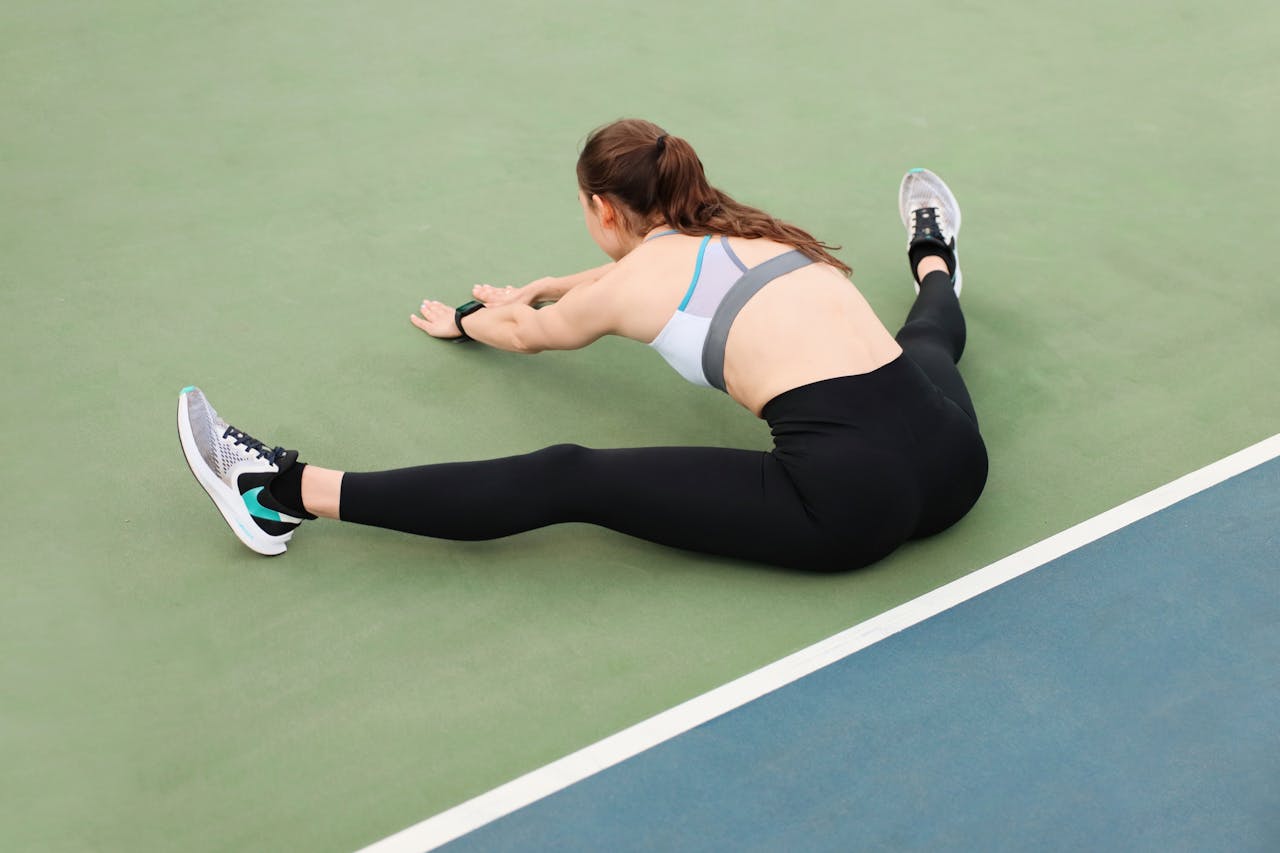The Importance of a Warm Up with Functional Movement Workouts
When it comes to fitness, the warm-up is often overlooked. Yet, this crucial step sets the foundation for a successful workout. A proper warm-up, particularly one that incorporates functional movement, does more than just prepare your body for exercise—it enhances performance, prevents injury, and supports long-term health.
What Is Functional Movement?
Functional movement focuses on exercises that mimic everyday motions, such as squatting, bending, pushing, and twisting. These movements engage multiple muscle groups and joints, improving coordination, balance, and flexibility. Unlike traditional static stretches, functional movements dynamically activate your muscles and simulate the activity you’ll perform during your workout.
Why Warm Up with Functional Movement?
- Improved Performance
Functional warm-ups prime your muscles and nervous system for the specific demands of your workout. So, by mimicking the motions of your exercise routine, they increase blood flow to target areas, enhance muscle activation, and boost your range of motion. The result? A more efficient and effective workout. - Injury Prevention
Cold muscles and stiff joints are more prone to strains, sprains, and other injuries. Functional movement warm-ups gently prepare your body, reducing the risk of injury by improving mobility, activating stabilizing muscles, and ensuring proper alignment. - Enhanced Flexibility and Mobility
Unlike static stretching, which elongates muscles in a stationary position, functional movements dynamically stretch and strengthen them. This dual benefit helps improve flexibility and mobility, enabling smoother, safer movements during your workout. - Better Mind-Muscle Connection
Functional warm-ups require focus and coordination, helping you mentally prepare for your workout. This heightened awareness allows you to engage the correct muscles and execute exercises with better form and control.
Examples of Functional Movement Warm-Ups
- Bodyweight Squats: Activates the lower body and mimics everyday actions like sitting and standing.
- Lunges with Twists: Combines leg activation with core rotation, preparing multiple muscle groups.
- Arm Circles and Shoulder Rolls: Loosens up the upper body and improves shoulder mobility.
- Plank Walkouts: Engages the core, shoulders, and hamstrings while promoting balance.
- Hip Bridges: Activates glutes and hamstrings while improving hip mobility.
How Long Should a Functional Warm-Up Be?
A good functional warm-up typically lasts 5–10 minutes. The key is to choose movements that align with your workout. For example, if you’re doing a lower body session, include squats and lunges; for upper body days, incorporate arm circles and planks.
The Long-Term Benefits
Over time, warming up with functional movements contributes to better posture, reduced stiffness, and improved overall movement quality. These benefits translate beyond the gym, enhancing your ability to perform everyday activities and reducing the risk of chronic injuries.
Conclusion
A functional movement warm-up isn’t just a prelude to your workout—it’s an integral part of your fitness routine. So, by taking a few extra minutes to prepare your body dynamically, you’ll maximise performance, minimise injury risk, and set the tone for long-term success. So, before you dive into your next workout, make functional movements a priority—you’ll feel the difference both in and out of the gym!
LinaLeanWellness Fitness




